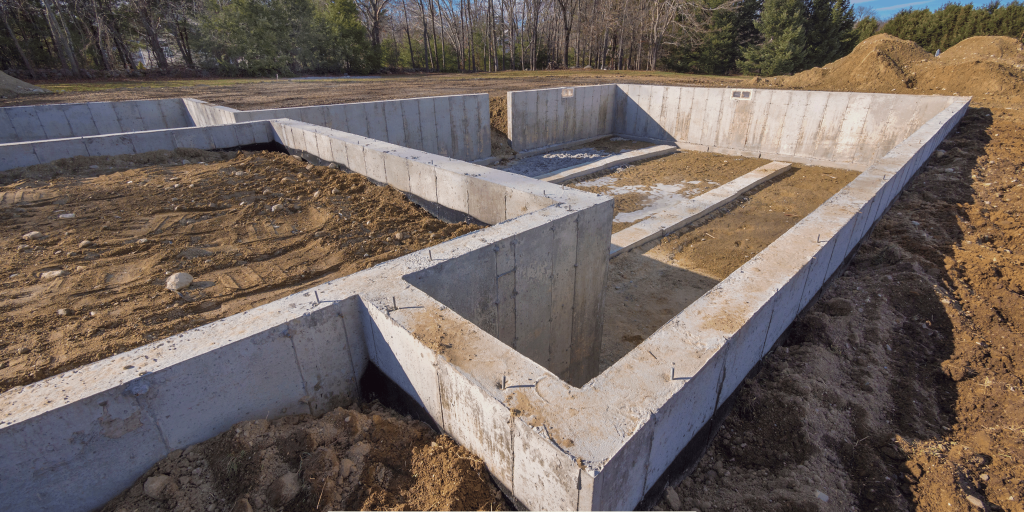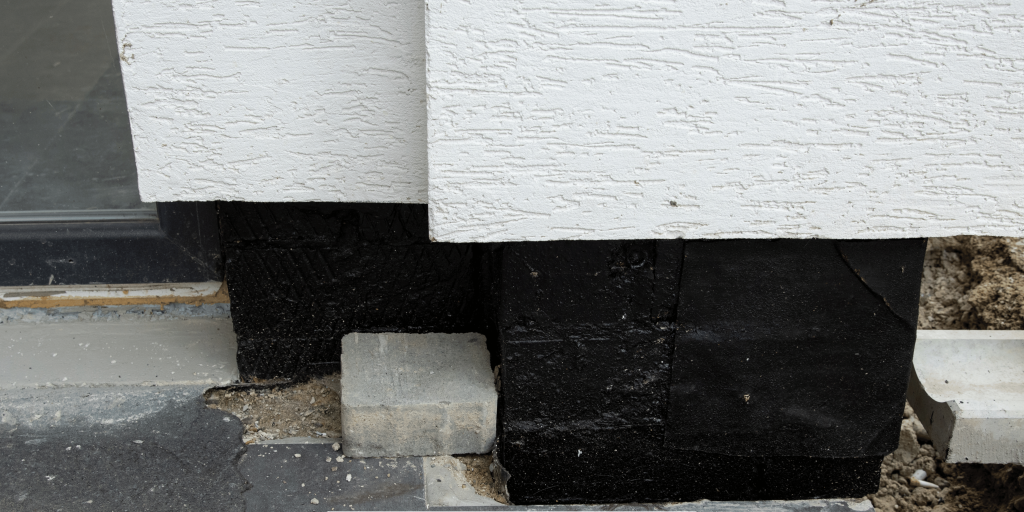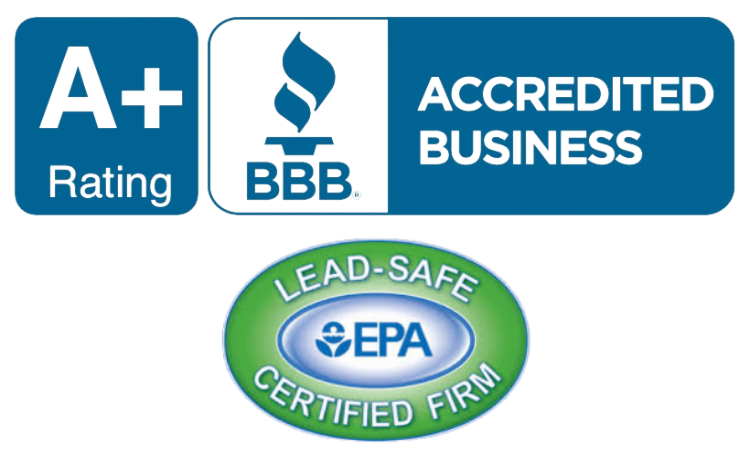Deciding on the right shade to use when painting the foundation of your house is a critical decision that may define the general outlook of your house exterior.
When selecting a foundation paint color, there are several key factors to consider:
Complement the Siding
When choosing the foundation paint color you must determine the right shade that matches the siding on the exterior of your home. You want the color of the foundation to blend in with the other colors that make up the exterior portion of the house.
When using light colors for the exterior of the house–for instance, white or light grey– a lighter color for the foundation should be used. If you have light siding, then use soft colors such as light tan, grey, and pale yellow. Limit the use of intense, dark shades for your foundation that may stand out, unaesthetically, next to the pale color of the siding. Brighter colors of paint will be too conspicuous as well.

When your house has a dark-colored exterior like brick or a dark shade of grey, then you are in a better position when it comes to choosing the shade of foundation. Deeper hues can accommodate more intense and vibrant base shades on the exterior of the house. Saturated colors such as brown, taupe, slate, and olive green may be effective. You still want to select a foundation color that matches the tone of the siding, but you can opt for a slightly darker hue.
Match the Mortar
It is also crucial to coordinate the color of the foundation paint to that of the mortar—if mortar is present– between foundation bricks or stones. When the mortar matches, it provides a neat and uniform appearance. It helps to blend the transition from the frame to the exterior façade of the house.
If the mortar has a greyish hue, select a foundation paint color with cool undertones, such as light grey or tan. If the color of the mortar is slightly yellow/brown, then it is better to choose a color of the base similar to the warm tone, for example, beige or brown.
Enhance Curb Appeal
The other important consideration when choosing a foundation paint color is the aesthetic value of the house. The foundation is the first part of the structure erected in the home. Therefore, the color and hue you select can make a big difference in the look of the exterior part of the house.
White or slightly greyish foundation colors are said to improve the aesthetic value of houses and increase their welcoming appearance. Pale neutrals such as almond, oatmeal, mushroom, and greige also are appropriate. Heavy and intense shades selected for foundations can sometimes create a sense of gloom and opaqueness that offsets the exterior appearance.
Consider Sun Exposure
Another factor you should consider is the amount of direct sunlight the foundation is exposed to. A foundation that is frequently exposed to sunlight may be easily blemished due to the fast fading that occurs. Dark colors fade faster than lighter ones due to the effect of the intense ultraviolet rays.
If most of the foundation is exposed to direct sun, use lighter colors such as tan, light yellow, or pale grey. These colors will fade less compared to darker shades of those color ranges. For parts that are shaded most of the time, the penetration of slate and brown shades is considerably less if exposed to the sun.
Complement Surrounding Landscaping
Look at the plants, trees, mulch, and other yard features around your home. Select a foundation color that complements these surrounding landscape characteristics. It is necessary to make foundations look like they are a part of an exterior environment rather than contrasting it.
If you have warm-toned brick mulch and an oak tree with yellow leaves, then it is advisable to go for a similar warm foundation tone, such as beige or tan. If you have cool colors in your landscaping, such as blue spruce trees or grey stone, use cool foundation colors, like light grey or sage green. Your plant palette should help determine your foundation color choices.
The Best of the Neutral Foundation Colors
For a reliable color selection that you can easily blend with almost any home exterior design, go for neutral colors. Neutrals go with any siding color and its tone.

Here are some of the best neutral foundation paint colors to consider:
Light Grey – The light grey exterior color provides a background for the rest of the elements. It is compatible with any kind of siding material and can easily match any type of mortar color.
Beige – Beige shades range from warm sand beige to cool oatmeal beige, so it is easy to find one that complements the exterior of a home well. Like the hue of grey, beige is not very sensitive to dirt.
Greige – This is a mix of grey and beige, meaning that it has the practicality of the color grey and the coziness of beige. Greige foundations work with lighter and darker siding.
Tan – Lighter bricks and light mortar shades are used for homes; tan colors unite the foundation and outer walls.
Almond – Almond is slightly warmer in color than tan but just as versatile. This provides a subtle richness when used on lighter-colored exteriors.
Ivory – A little darker than off-white as it has more hues of color. It enlivens somber exteriors without competing with them.
Cream – Cream has lots of country appeal and works nicely from the foundation all the way up to the siding. It’s perfect for cottage-themed houses and any home exterior with brick segments or panels.
Putting It All Together
Selecting the correct foundation color involves taking into account the place of the color in the scheme of the house exterior. Use the right color tone and saturation. Lighter and less contrasting foundation shades are the most suitable for matching with various types of siding and mortar. Be careful about sun exposure as darker colors are seen as dirty, plus they fade faster. Finally, choose a foundation color that will blend well with the exterior surroundings. Then, just watch and marvel at how even a basic application of foundation paint can breathe new life into your home’s exterior!

